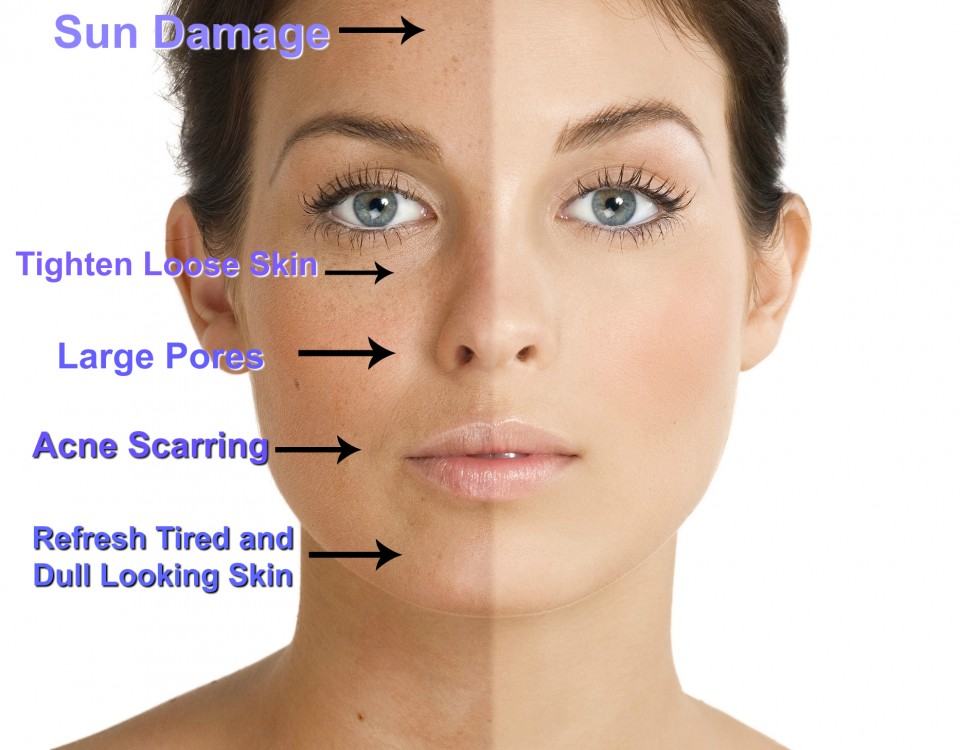Do you need chemical peels?
The answer is yes if you have any of the following:- 
What happens during a chemical peel?
Before getting a chemical peeling treatment, some patients need to follow a pre-peel skin care plan for 1-2 weeks.
On the day of the peel, the first step will be cleansing your skin thoroughly.
After this, your dermatologist will apply the peel quickly and evenly. Your dermatologist will watch your skin carefully to remove the peel at just the right time. After this, the peel is neutralized.
How does it work?
It is a method of skin resurfacing. It induces controlled injury to the skin and thereby replaces the epidermis, partially or completely depending on whether the peel is very superficial, medium or deep. we provide the complete skin peeling treatment.
Do I need to follow any instructions post peel?
All peels that a dermatologist performs require some at home care including sunscreen and moisturizer application.
Will I see immediate results?
Best results will be visible only after multiple sessions.
What can be expected after a chemical peel?
The skin may be red for 1-2days. There may be some dryness and scaling.
Is there a downtime?
Some peels - medium or deep ones do have a downtime.
Is it safe?
Dermatologists have been performing chemical peels for more than 50 yrs with an excellent safety record.
What body parts can chemical peels be done for?
Face, neck, arms, underarms, legs, back.